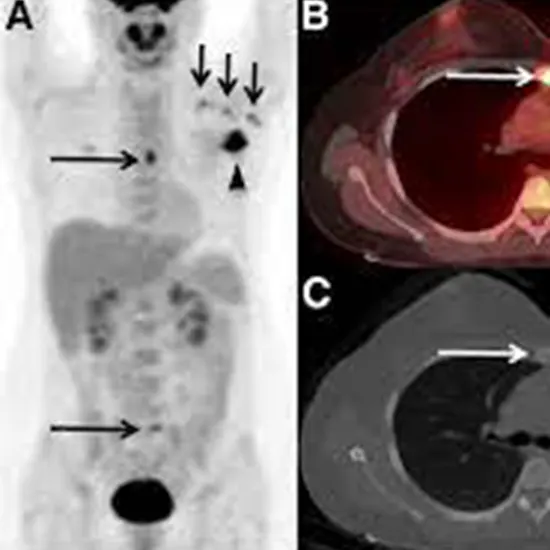
Planning for cancer diagnosis and treatment must take staging into account. The size and extent of the tumor, the involvement of neighboring lymph nodes, and the presence of cancer cells in other bodily regions all play a role...
Planning for cancer diagnosis and treatment must take staging into account. The size and extent of the tumor, the involvement of neighboring lymph nodes, and the presence of cancer cells in other bodily regions all play a role in determining the stage of cancer.
To create a treatment strategy that will efficiently manage the condition, accurate staging is crucial. PET-CT scans, or positron emission tomography-computed tomography, are essential for staging cancer.
PET-CT scans can identify malignant cells and gauge their distribution throughout the body by detecting the metabolic activity of bodily cells. Cancer staging can be aided in several ways using PET-CT scans:
Cancerous Cell Detection : By monitoring cellular metabolism, PET-CT scans can identify malignant cells in the body. Due to their rapid metabolism, cancer cells consume more glucose than healthy cells do. During PET-CT scans, a radioactive tracer is used, which the body's cells, including malignant ones, absorb. The tracer builds up in malignant cells, highlighting them on the scan. Little malignant cells may not be detected on other imaging tests, but PET-CT scans can find them.
Determining the Tumor's Size : The extent and size of the tumor can be assessed using PET-CT scans. The results of the scans can pinpoint the tumor's precise location and reveal whether it has migrated to other body regions. To assess the cancer's stage and create a successful treatment strategy, this information is essential.
Evaluation of Lymph Node Involvement : The body's immune system depends on lymph nodes, which are tiny bean-shaped organs that filter lymphatic fluid. First metastasizing to surrounding lymph nodes is a common step cancer cells take as they spread from the main tumor. PET-CT scans can be used to find lymph nodes that are larger or atypical, which may be a sign of cancer spread. When assessing the cancer's stage and creating a suitable treatment plan, this information is essential.
Cancer Metastasis Detection : When cancerous cells escape from the main tumor and spread to different organs, it is called metastatic cancer. By locating malignant cells in additional organs or body tissues, PET-CT scans can diagnose metastatic cancer. PET-CT scans are a highly sensitive method for spotting cancer metastases since they can spot even little ones.
With the detection of malignant cells, measurement of the tumor's size, evaluation of lymph node involvement, and detection of metastatic disease, PET-CT scans are crucial in the staging of cancer. To create a treatment strategy that will effectively manage the illness and enhance patient outcomes, accurate staging of cancer is essential. PET-CT scans can be used to diagnose cancer and plan treatment since they produce incredibly precise images of the body's internal organs and tissues.









